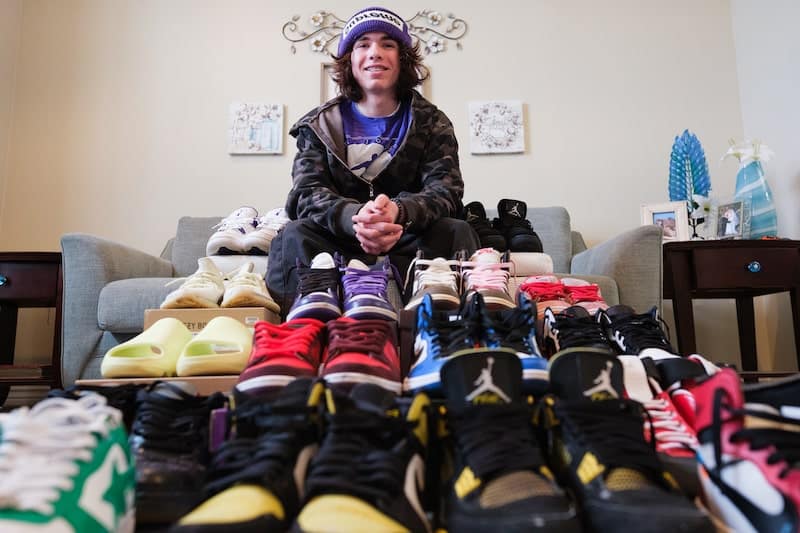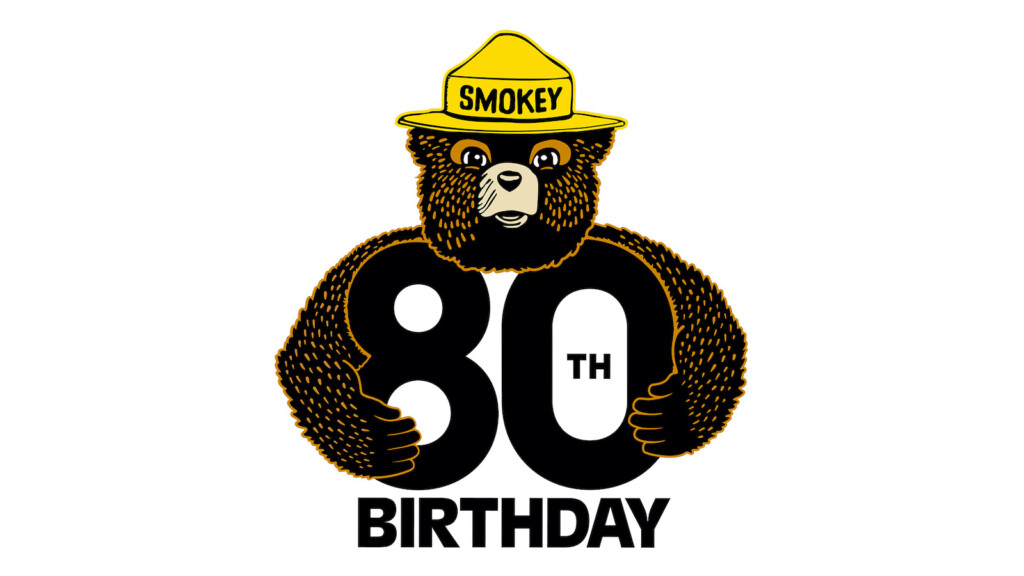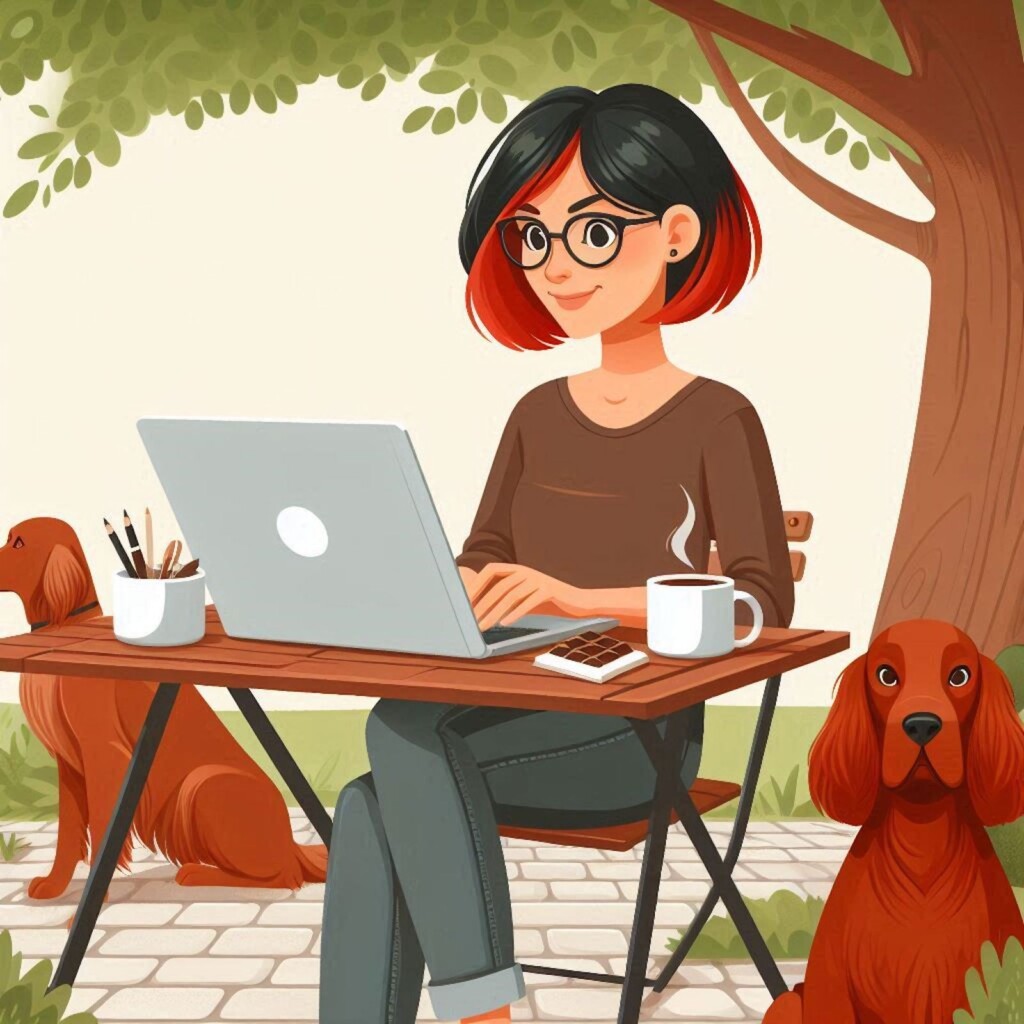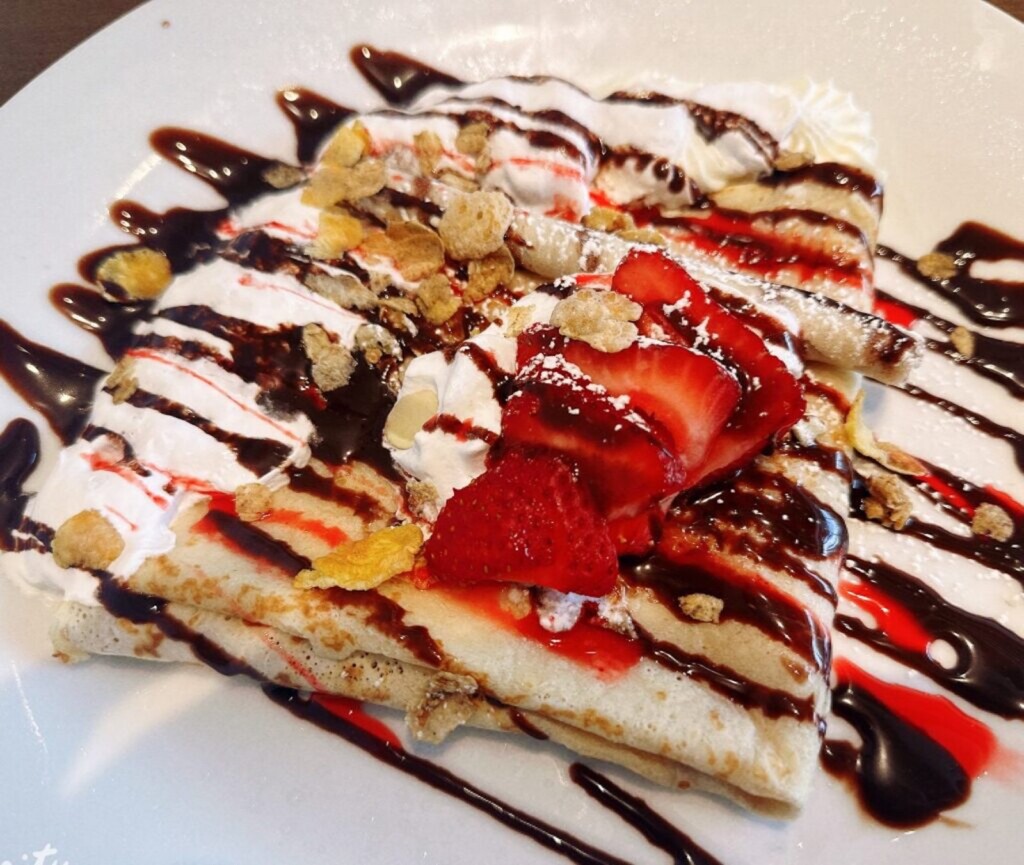“You have brains in your head; you have feet in your shoes. You can steer yourself in any direction you choose.” ―Dr. Seuss
Keaton Larson is a sneakerhead. Like others his age, the 16-year-old high school sophomore sees shoes as a social statement ― the more expensive their shoes, the more elevated their social status ― and due to a trend in second-hand fashion, those shoes don’t have to be new ― or good-looking.
There is a global market that connects sellers of trendy used shoes to buyers who want name-brand athletic footwear at any price. It’s a win/win for both parties.
Larson doesn’t have a website ― not yet anyway. Right now, most of his customers are friends at school and on social media. His first transaction was a pair of Jordan’s that he bought for $70.
“I didn’t even think about selling them until about a year later,” he recalls. I bought another pair because I got tired of the first pair and I wanted a change. When I got the second pair, I sold the first pair for the same amount I paid for them, even though the condition was way worse.”
That’s when the lightbulb came on, and now, Larson walks the walk. He once paid $120 for a pair of shoes, traded them for another pair, and resold those for $900. Not bad for a part-time hobby.
“Most people buy shoes as a status symbol,” says Larson, “but I personally see them as an investment ― and I like to look good. But most sneakerheads are in it for the money.”
When did used shoes become a status symbol, and why are teens and others so eager to buy them?
While many people might balk at the thought of wearing someone else’s shoes, there are bargains to be had, and those “used” kicks that are calling your name may have only been worn a few times.
Some brands and styles of must-have shoes are purchased by retailers like The Doused Shop in Salt Lake, directly from manufacturers in a limited quantity. They are quickly snatched up and resold by entrepreneurs like Larson for double or triple the original price to buyers who weren’t lucky enough to grab them at retail.
Shoes and other clothing items have high retail markups that don’t reflect their real value, and they depreciate significantly after a single wear. This is known as VNDS (very near deadstock), meaning that a $2000 pair of new Michael Jordan’s may lose $1200 in value after very little use. But there are folks out there who will still pay $2000 if it’s the only pair they can find.
This is the kind of deal that sneakerheads like Larson are looking for, whether for their own use or for resale. Larson can buy a pair of limited edition shoes, wear them for a while, then resell them and still make a profit.
“I don’t buy from retail stores,” he says, “because they charge too much.”
Larson buys his shoes online, which carries its own set of risks. He recently bought an expensive pair of shoes from an online vendor that turned out to be counterfeit.
Because he has very little inventory and almost no overhead, Larson can sell a semi-rare pair of shoes for a lot less than the online stores, and he only buys shoes in his size. That way, if he can’t resell them right away, he can wear them himself until the right buyer comes along.
Surprisingly, the biggest demographic is not just high school and college populations. People from all vocations and age groups are into the high-priced sneaker trend, even though, according to one curious customer named Ashley, “Most of these shoes are not what you would call fashionable-looking, and some of them are downright hideous. I accidentally walked into one of their [retail] events. I have never seen a group of people dressed worse than they were. I could only think that they paid lots of money to dress so badly. It got me wondering about this new trend in designer running shoes, and I can’t believe that anyone would pay so much money for something so ugly. It does not make sense to me.”
Nevertheless, beauty is in the eye of the beholder, and one person’s ugly shoes are another person’s prized possession.
If you find the sneakers of your dreams at a reasonable price, good for you! But if you don’t want to pay good money for ugly shoes from your friendly neighborhood sneakerhead, just run the other way!






